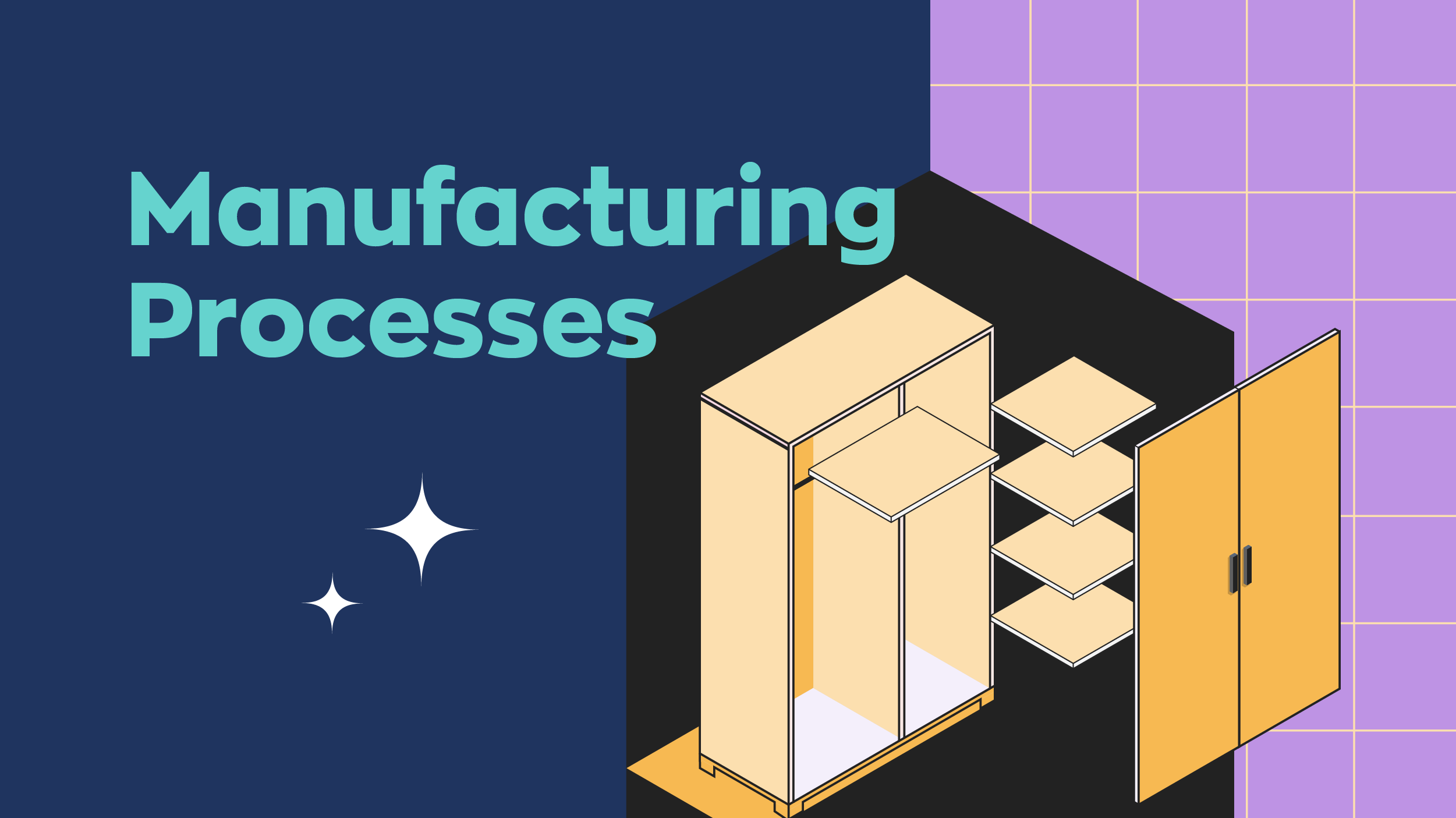Manufacturing process involves transforming raw materials into finished goods. It is a complicated process, so many importers ignore understanding how the product they need is manufactured in China.
Before you sign a contract with a manufacturer, it is essential to understand the process of manufacturing in China.
What is the process of manufacturing in China
Manufacturing process involves activities like inputs, controlled and uncontrolled variables, and outputs. All these activities work together to transform raw material into a valuable end product.
Process inputs
Inputs are the resources or materials that are used as raw materials or components in the manufacturing process.
Here are some examples of manufacturing process inputs and outputs:
- Raw materials: These are the basic materials that are used in the manufacturing process, such as metals, plastics, chemicals, and other materials that are transformed into the final product.
- Energy: Manufacturing processes often require energy in the form of electricity, natural gas, or other fuel sources to power machinery, equipment, and other manufacturing operations.
- Labor: Human labor is another input in the manufacturing process, including skilled and unskilled labor used in various tasks such as production, assembly, and quality control.
- Capital equipment: This includes machinery, tools, and other equipment used in the manufacturing process, such as CNC machines, presses, and robots.
- Information and data: Manufacturing processes often require input in the form of design specifications, process instructions, quality standards, and other information to guide the production process.
Controlled variables
Controlled variables are those that are intentionally managed and kept constant or manipulated in order to maintain consistency and repeatability in the process.
Examples of controlled variables in a manufacturing process might include:
- Temperature: Keeping the temperature at a constant level during a manufacturing process to ensure consistent results.
- Pressure: Maintaining a specific pressure level in a system to control the outcome of a process.
- Time: Controlling the duration of a process step to ensure consistency and reproducibility.
- Raw materials: Using the same type and quality of raw materials consistently to minimize variability in the final product.
- Equipment settings: Adjusting and maintaining equipment settings, such as speed or settings on a machine, to control the manufacturing process.
Uncontrolled variables
Uncontrolled variables are those that are not intentionally managed and may vary naturally or unpredictably during the manufacturing process, potentially affecting the outcome or quality of the final product.
Examples of uncontrolled variables in a manufacturing process might include:
- Humidity: Fluctuations in humidity levels in the manufacturing environment that can affect the performance or quality of the process.
- Ambient temperature: Variations in ambient temperature that may impact the behavior of materials or equipment.
- Operator skill level: Variances in the skill level or performance of different operators that may affect the process outcome.
- Raw material variability: Variability in the quality or characteristics of raw materials used in the manufacturing process.
- Environmental factors: Changes in environmental conditions, such as air quality or contamination that may impact the manufacturing process.
Process outputs
Outputs are the finished products or intermediate products that are produced as a result of the manufacturing process.
- Finished products: These are the final products that are produced at the end of the manufacturing process and are ready for sale to customers.
- Intermediate products: These are partially finished products that are used as inputs in subsequent manufacturing processes to produce the final product.
- Waste or scrap: During the manufacturing process, there may be waste or scrap generated, such as excess materials, defective parts, or byproducts, which are not used in the final product and may need to be managed or disposed of properly.
- Information and data: Outputs of the manufacturing process may also include data and information generated during production, such as quality control records, production reports, and other documentation that is used for tracking and analysis purposes.
Proper management and control of inputs and outputs in a manufacturing process are important for efficient and effective production, quality control, and sustainability. It’s also important to identify and manage both controlled and uncontrolled variables in the manufacturing processes to ensure consistent product quality and performance.
